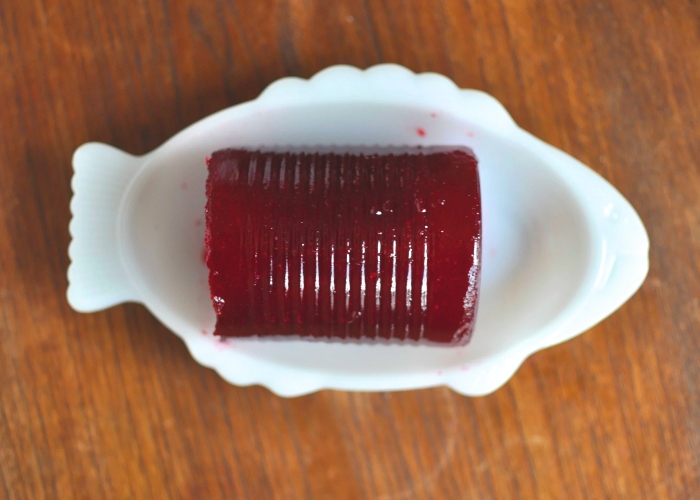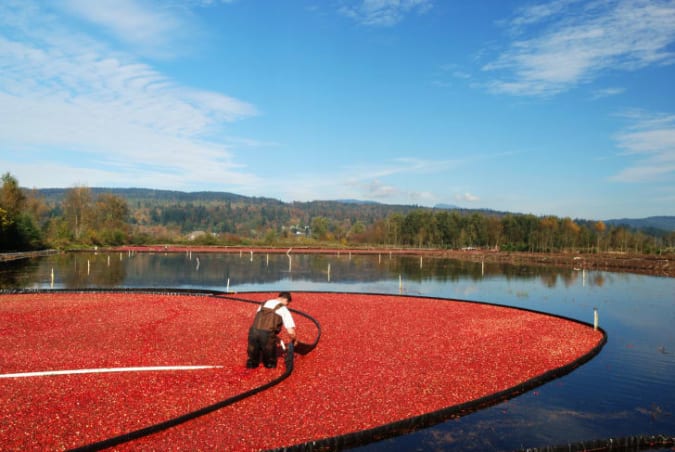
While plenty of people eat turkey, mashed potatoes, and pie year-round, it seems like cranberry sauce almost exclusively exists in the Thanksgiving universe. Although we don’t know for sure whether it was eaten at the very first Thanksgiving, the jiggly, gelatinous side dish does have deep roots in the history of America’s fruited plains.
According to Insider, cranberries are one of only three commercially grown fruits native to the United States, and the Wampanoag tribe had been using them for food, dye, and medicine long before feasting with the Pilgrims in 1621. If there were cranberries at the party, they probably didn’t taste much like the sweetened sauce we’re (circumstantially) fond of today; at that point, the settlers hadn’t yet succeeded in growing sugar cane in their new digs.
But a little more than 50 years later, according to a 1672 account cited by The Washington Post, the new Americans and Native Americans had both started to enjoy cranberries much like we do at Thanksgiving dinner: “Indians and English use it much, boiling them with Sugar for a Sauce to eat with their Meat.”
In 1796, Amelia Simmons—author of American Cookery, the first-ever American cookbook—took it one step further by recommending that roast turkey be served with cranberry sauce. Considering that the Library of Congress included the book on its list of “Books That Shaped America,” it’s possible that Simmons’s suggestion reverberated through kitchens across the nation, and the tradition gained momentum from there. She does mention pickled mangoes as an alternate side dish for turkey, but the then-Indian import was likely less common than the locally-grown cranberry.
Then, in the early 1800s, Ocean Spray revolutionized the labor-intensive process of hand-picking cranberries from vines with what’s called a wet harvest. Basically, farmers flood the bogs where cranberries grow, and then they wade into the water to collect the floating berries en masse.

This was a more efficient technique, but a mass harvest meant that more cranberries got damaged. So in 1912, Ocean Spray began crushing them into canned, jellied cranberry sauce—maximizing the yield and making it easier than ever for every home in America to slice up a cylinder of solid, sugary, berry goodness.

Be the first to comment